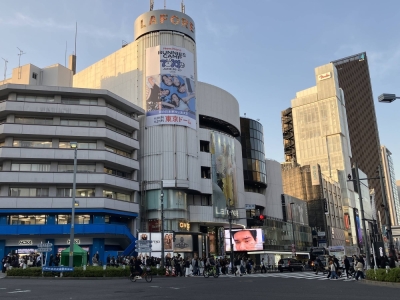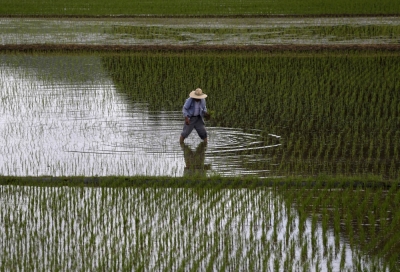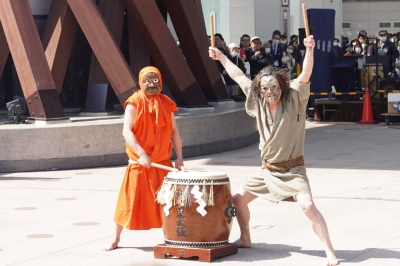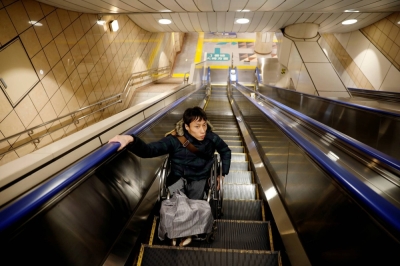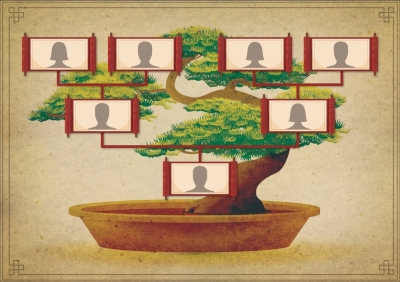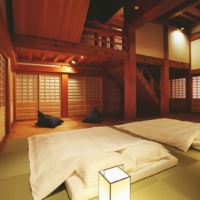BACKSTREET STORIES
Jun 28, 2009
May 31, 2009
Apr 26, 2009
Mar 29, 2009
Feb 22, 2009
Jan 25, 2009
Jan 25, 2009
Dec 19, 2008
Nov 21, 2008
Oct 17, 2008
Sep 19, 2008
Aug 15, 2008
Jul 18, 2008
Jun 20, 2008


















